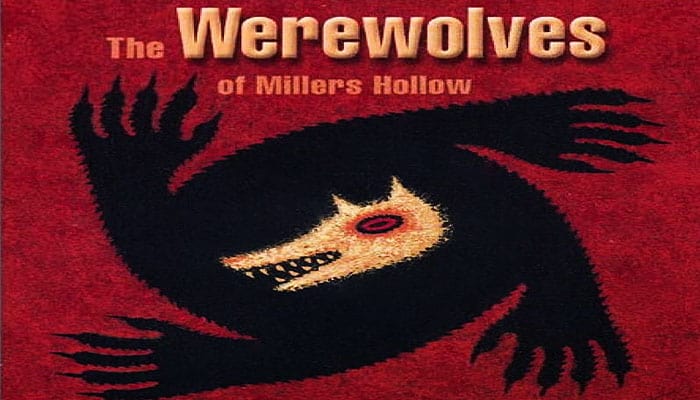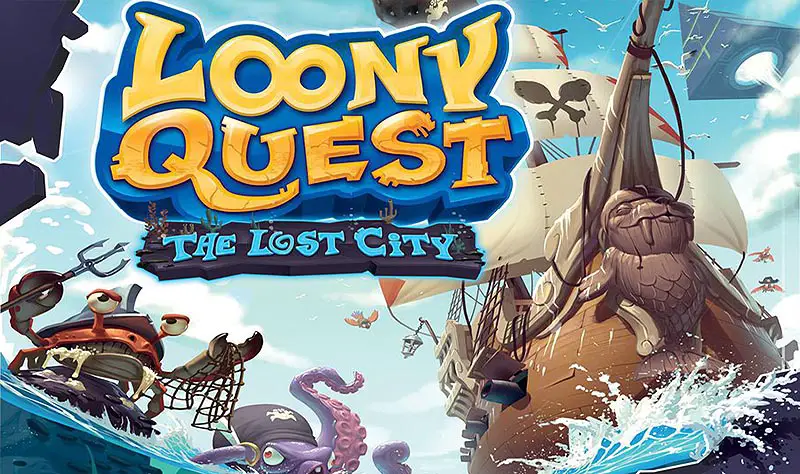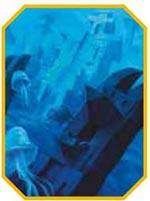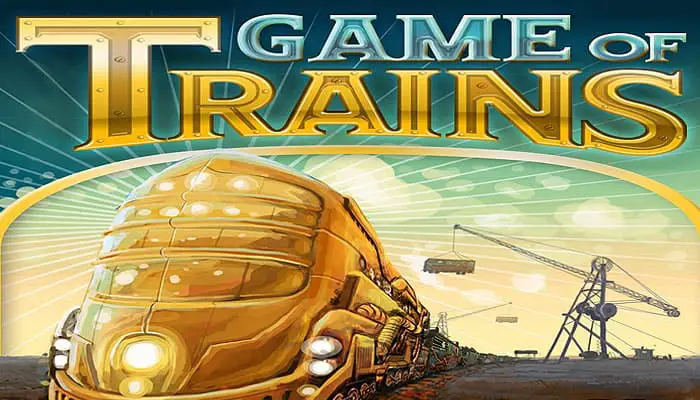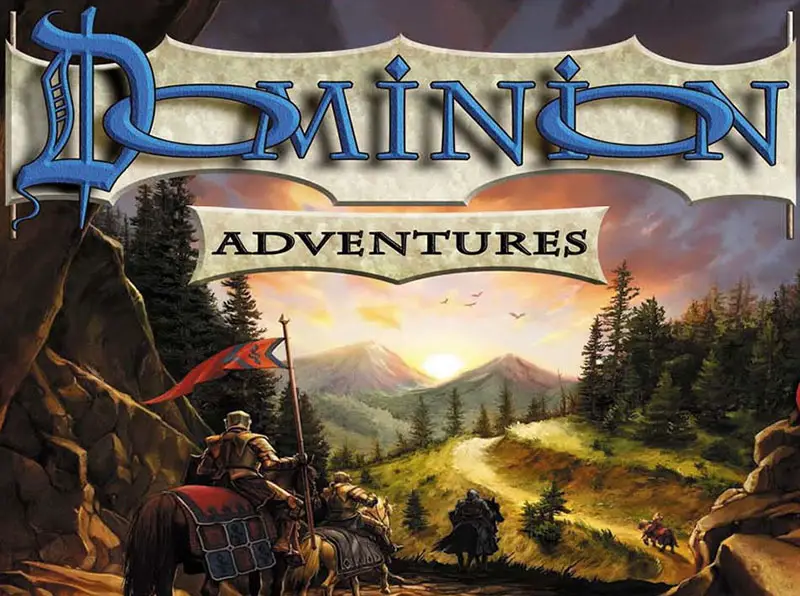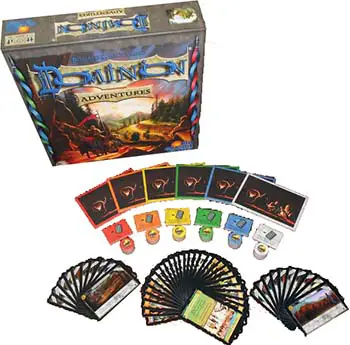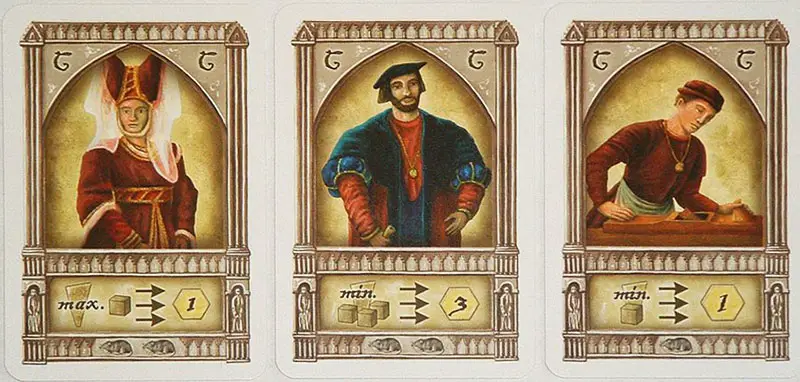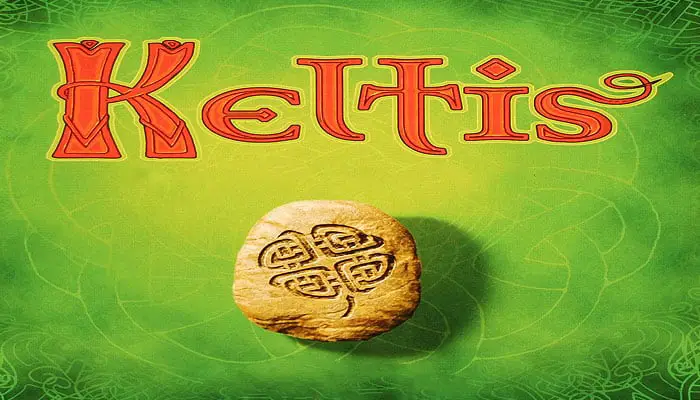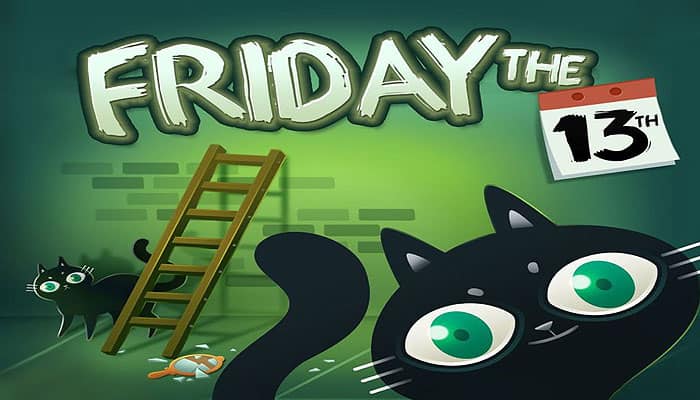
You are all very superstitious people, afraid of the omens of bad luck: black cats, broken mirrors , walking under ladders and, worst of all, Friday the 13th! It is up to you to play your cards wisely to avoid getting too much bad luck.

Components
50 numbered cards
3 rule summary cards.
Object of the Game
To have the lowest bad luck score at the end of the game. You score points at the end of each round. The game lasts 4 rounds.
Setup
At the start of each round, shuffle the cards and deal them out as evenly as possible to all of the players. …

